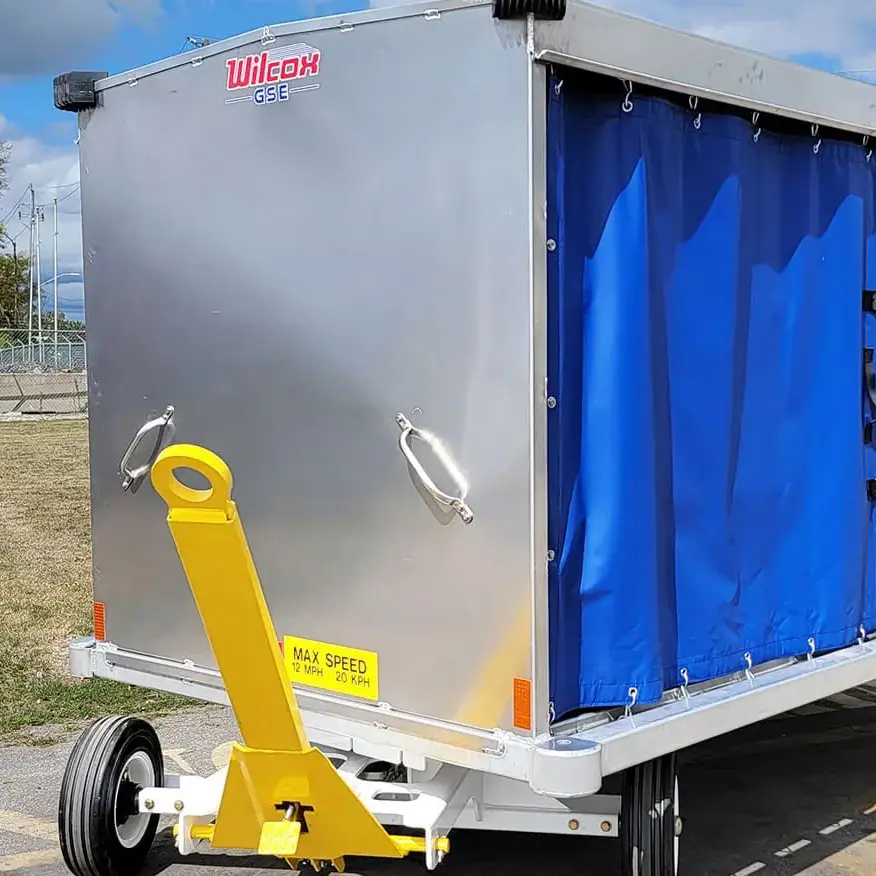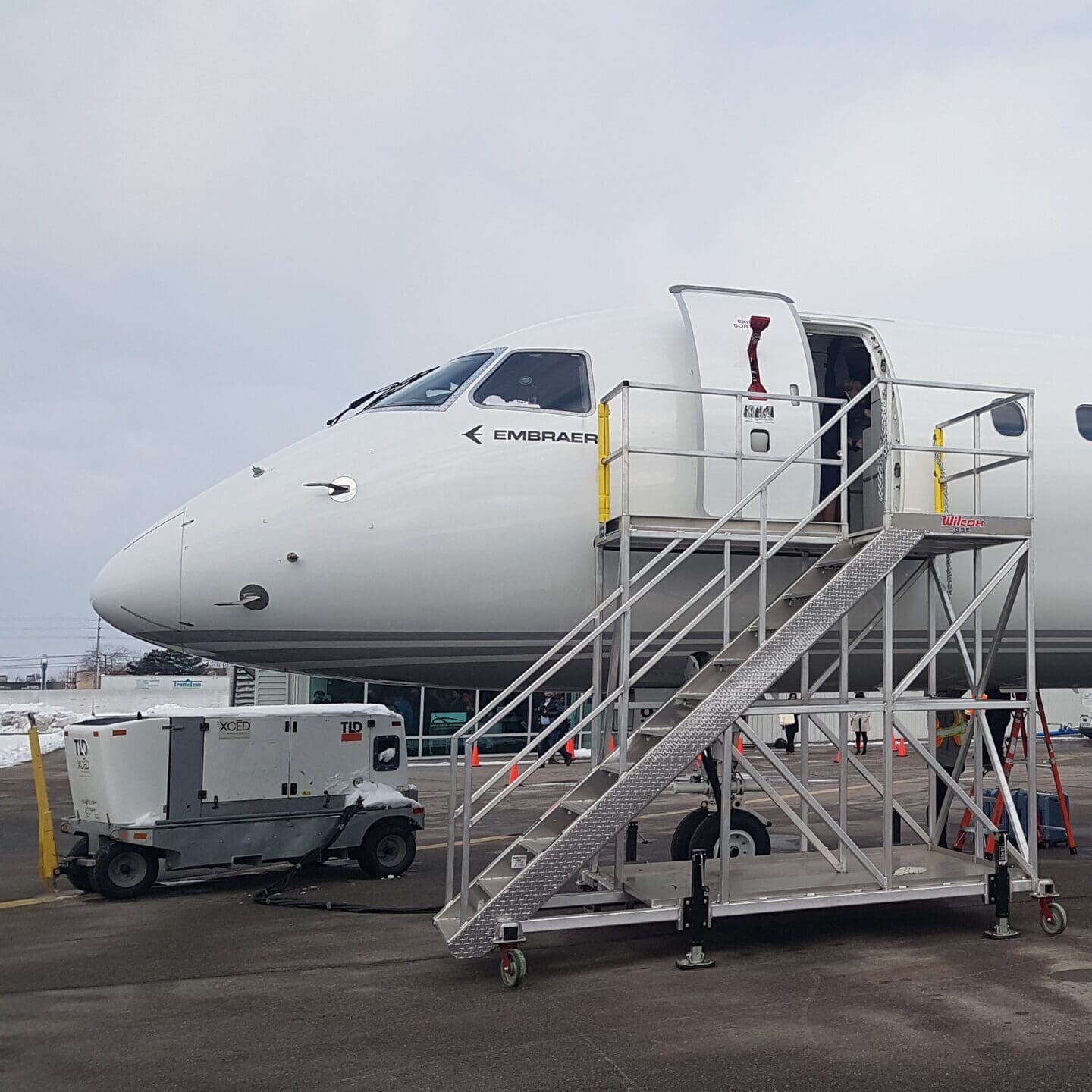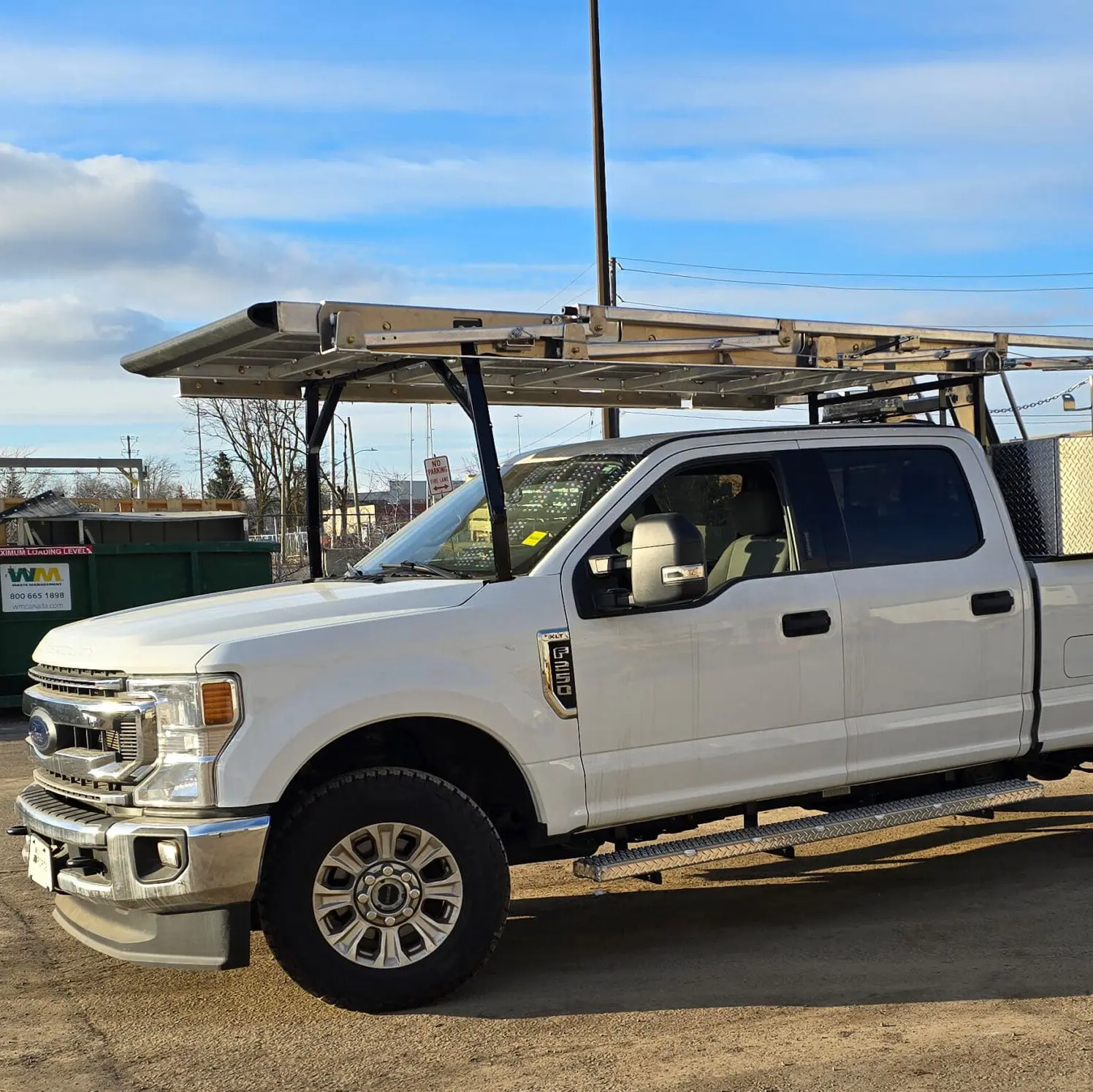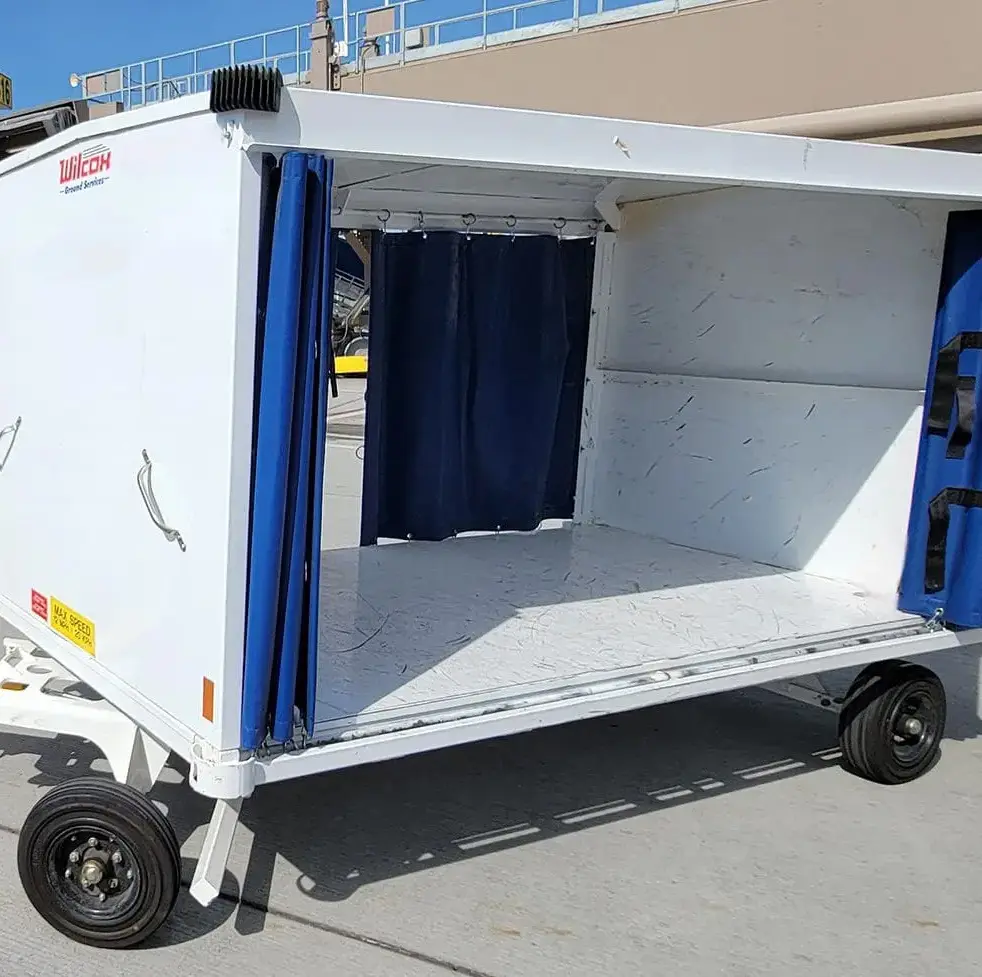GSE Industry Leaders – Deep dive into aviation and GSE as a whole
We sat down with some of the leaders of the GSE Industry and asked them some deep diving questions about the Aviation and GSE Industry as a whole. Here is what we found out:
How has the aviation industry changed over the last few decades, and what impact has this has on the demand for ground support equipment?
Respondent 1: More ground handling is now being done by outsourced partners rather than the legacy airlines themselves. We might be seeing this shift and moving back to the airlines, but that is in it’s infancy and only time will tell.
Respondent 2: The need for safer GSE is forefront today, the less strain there is on the ramp agents is important. We need to ensure the right tools are in place to protect the handlers who are already in a strenuous position in their roles.
Respondent 3: The need for ground support equipment (GSE) has been impacted by the substantial developments that have occurred in the aviation sector in recent decades. Among the contributing issues include increased air travel, safety regulations, environmental concerns, technology advancements, and the need for efficiency and personalization. GSE capable of supporting and maintaining more sophisticated aircraft systems is required. Reliable and effective GSE is required due to the growing volume of passengers and freight. Environmental sustainability has increased demand for eco-friendly equipment. Strict safety and security regulations have prompted the need for specialized GSE. These days, efficiency and customization are crucial factors. In response, manufacturers are coming up with unique and creative ways to meet these evolving industry requirements.
Which characteristics are most important to consider when designing ground service equipment for airports and airlines?
Respondent 1: Safety comes first in the design and manufacture of ground service equipment. It does not matter how effective something is if it is dangerous. Next is quality. The aviation industry is tough as nails and our equipment needs to be just as tough or more so. Lastly is ease of operation. We are all busy on the ground and things need to be quick and easy, and our equipment needs to be just as easy to use. We don’t have time to mess around with anything overly complicated.
Respondent 2: When it comes to ground support equipment it needs to be lightweight but strong, the ramp is a very harsh environment and needs to withstand a beating, yet still look new. The last thing you want is your equipment to be and look broken down, it needs to function top-notch and be of good quality.
Respondent 3: When developing and producing ground service equipment (GSE) for airports and airlines, numerous factors must be taken into consideration. The most important consideration is safety. GSE must adhere to strict safety regulations to protect the safety of both personnel and aircraft. Reliability is another important feature. GSE should be designed to endure the severe operational circumstances of airports while delivering consistent performance.
Efficiency is also essential as airports and airlines strive to improve operations and reduce turnaround times. Customization is crucial as each airport and airline has unique requirements and operating limitations. Environmentally friendly GSE that limit emissions and minimize environmental harm are required because to the rising importance of environmental sustainability.
Could you list some of the most typical problems that operators of ground support equipment encounter, and how specially designed solutions may assist solve those problems?
Respondent 1: Some of the most common challenges that ground support equipment operators face is training and product knowledge. Custom-built solutions allow the equipment to be better suited to the situation and allow for the operators the time and ability to learn about the equipment to better operate it to spec. They also have the ability to be more aware of all of the intricacies that the product might have, making it better suited and specified for the job at hand.
Respondent 2: The ramp agents, while safety is paramount, are also on sever time constraints which makes them rush, this is the main reason that damage happens and the need for tough, but strong equipment is a must. It can be very challenging, but working with top-tier manufacturers helps the ground crews get their work done safely and efficiently.
How do you think the design and development of ground service equipment will change over the next few years, and what part do emerging technologies like automation, artificial intelligence, etc. play in this process?
Respondent 1: Remote tracking, similar to Apple Air Tags, but a more expanding initiative where it can remote track not only where something is, but also where it has been. This could also give more opportunity to enable and disable different components remotely.
Respondent 2: AI is becoming very prevalent in the industry, in all industries in fact; we need to understand the needs of the customers and adapt our equipment to suit. With the industry ever-changing, it is a challenge, but one Wilcox GSE is able to meet through research and continued innovation.
Respondent 3: Emerging technologies such as automation and AI are revolutionizing the design and development of ground service equipment. They enable predictive maintenance, improve safety, save manual labor, and boost operational efficiency. We expect these technologies to become increasingly integrated in the future years, leading in more intelligent and autonomous GSE. Airport operations will be more optimized as a result, and productivity will increase as data-driven decision-making improves.
How do you ensure that ground service equipment is safe to operate and meets all necessary regulations and standards?
Respondent 1: In order to ensure all equipment is ready to use and is safe to operate, we begin with pre-use inspections, where everything is checked over to ensure compliance. When it comes to the overall standards and regulations, that comes from the manufactures side and they ensure everything is built to code.
Respondent 2: There are many guidelines out there, it is IATA that is the most followed, if we stick with the rules we will fit with every other guideline. Following the guidelines that are laid out, provided the manufacturer and the handler with direction on how to move forward when issues arise.
Respondent 3: Ensuring the safety and compliance of our ground service equipment is a top priority for us as an airline. We do this by carefully selecting reputable suppliers, performing regular maintenance and inspections, providing extensive operator training, and keeping up with industry advances and regulatory requirements. To continue to improve the safety of our equipment, we collaborate closely with regulatory organizations and encourage the reporting of safety concerns.
What are some of the most creative ground service equipment solutions you’ve seen recently, and how do they differ from typical designs?
Respondent 1: Not having been purchasing for the past couple years, nothing truly innovative is coming to mind.
Respondent 2: The speed with which AI is being used in the continually growing and changing luggage and freight industries is astounding. Lifting assistance and lifting robots literally reduce the effort for baggage staff when it comes to transferring bags. This helps to reduce injuries at work that may result from heavy, continuous lifting in a baggage environment.
Respondent 3: Recently, we’ve seen some highly innovative ground service equipment solutions. One standout is the integration of automation and AI, which boosts efficiency and accuracy. Electric-powered equipment is also gaining traction, offering sustainability benefits. Advanced sensor technology and data analytics enable real-time monitoring and predictive maintenance. These solutions address industry challenges and prioritize efficiency and safety, setting new standards in the field.
Can you share some examples of custom-built ground service equipment that you’ve worked with in the past, and how those solutions were tailored to meet specific customer needs?
Respondent 1: I don’t currently have any examples of this.
Respondent 2: Being with WestJet for many years, the need for safer stairs and work platforms was needed, they used to work with there old stairs and set of wooden blocks to get into the aircraft, the solution was provided by Wilcox GSE and now the areas are very safe to work with.
Respondent 3: Designing a unique cargo dolly with adjustable settings to accommodate various cargo container sizes was a nice task. By customizing our solutions, we meet the unique needs of each of our clients while ensuring optimal performance, efficiency, and safety.
When building ground service equipment, how do you strike a compromise between the requirements for efficiency and performance and considerations like cost and environmental sustainability?
Respondent 1: Performance and efficiency out weigh the cost. You can always get more money for a better product, if you know what it is you are procuring. Superior products that are built tough and built to last are worth the extra investment as they are less likely to need repairs as quickly and are likely to last significantly longer on the tarmac.
Respondent 2: Keeping the cost down on equipment is difficult, the equipment needs to be strong and lightweight, it is a juggling act to keep in the airlines budgets and provide a safe product.
Respondent 3: A balanced approach that takes into account cost, performance, efficiency, and environmental sustainability must be given top priority when working with manufacturers and creating ground service equipment. Through the use of eco-friendly materials, energy-efficient features, and alternative fuel research, we strive to improve equipment performance while reducing our environmental effect. Our goal is to provide cheap solutions that promote sustainability and meet industrial standards.
What advice would you give to airport operators and airlines who are looking to improve their ground service equipment operations and enhance their overall efficiency and productivity?
Respondent 1: Having the right people researching, investigating and procuring the right product, exactly what is needed, not only for today, but for the future is the best advice. You don’t want someone to simply repeat buy what has always been purchased, but really a visionary who is seeing what the business will need in years to come.
Respondent 2: Strength and durability, that is what they are looking for, the do not need equipment down for repairs because of poor builds.
What major issues do you think the aviation sector will face over the next ten years, and how may ground service equipment help with those issues?
Respondent 1: The biggest challenges that will fall on the aviation industry will be the ever changing regulations. Having the right people and the right products is a great place to start to combat that challenge. Being able to adjust and pivot as the regulations change, for example fossil fuels to electric will help a company stay ahead of the game and ultimately stay successful.
Respondent 2: The increased loads and the realization that cargo is immense, after COVID no one expected the increase in all airline activity to come back so strong and so quick. Having the right equipment to ease the burden would be essential to their operation, our product should provide them the confidence that have got it right and we help them achieve their goals.






